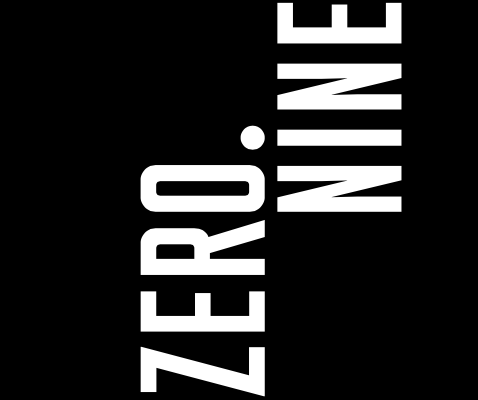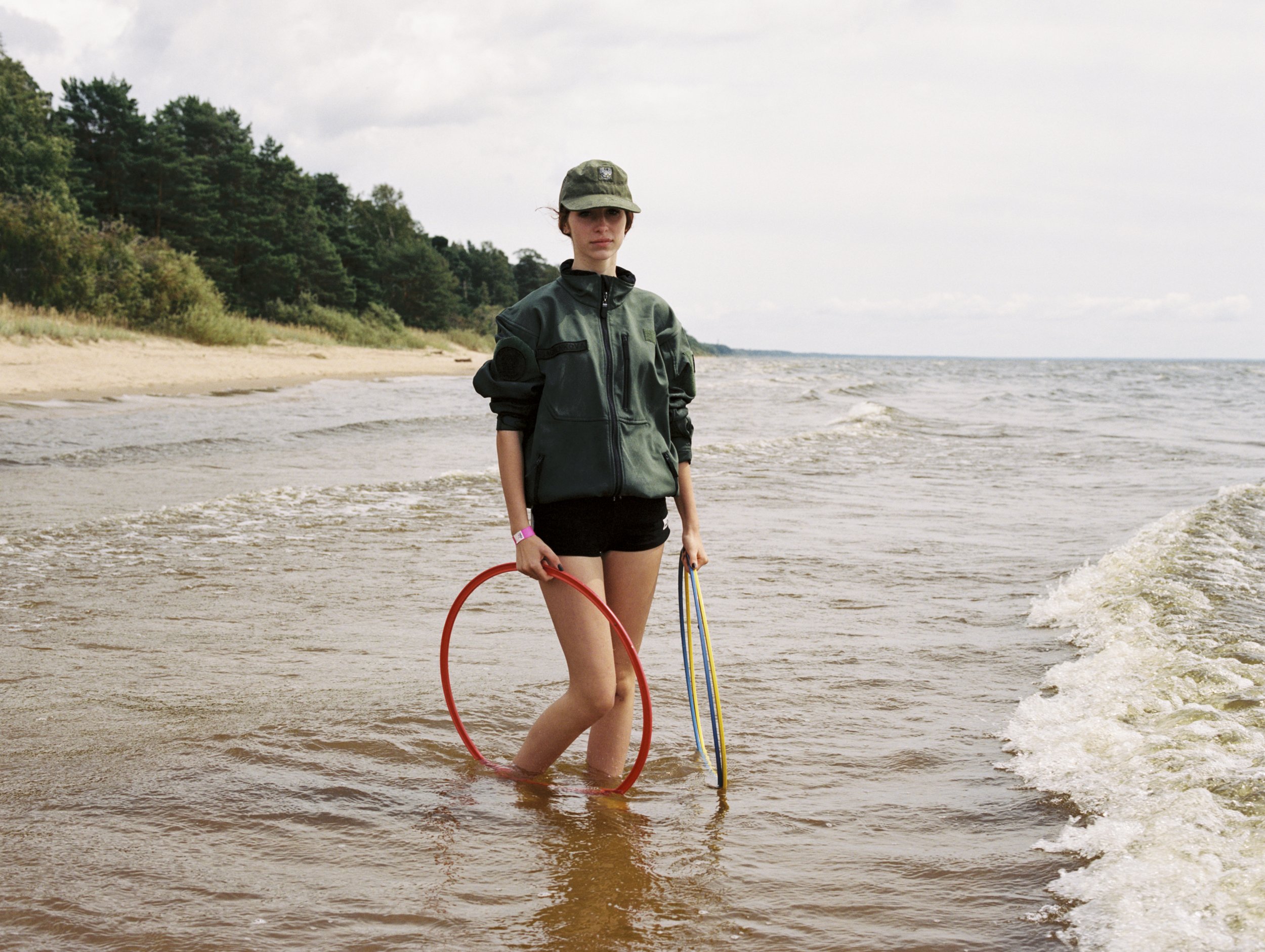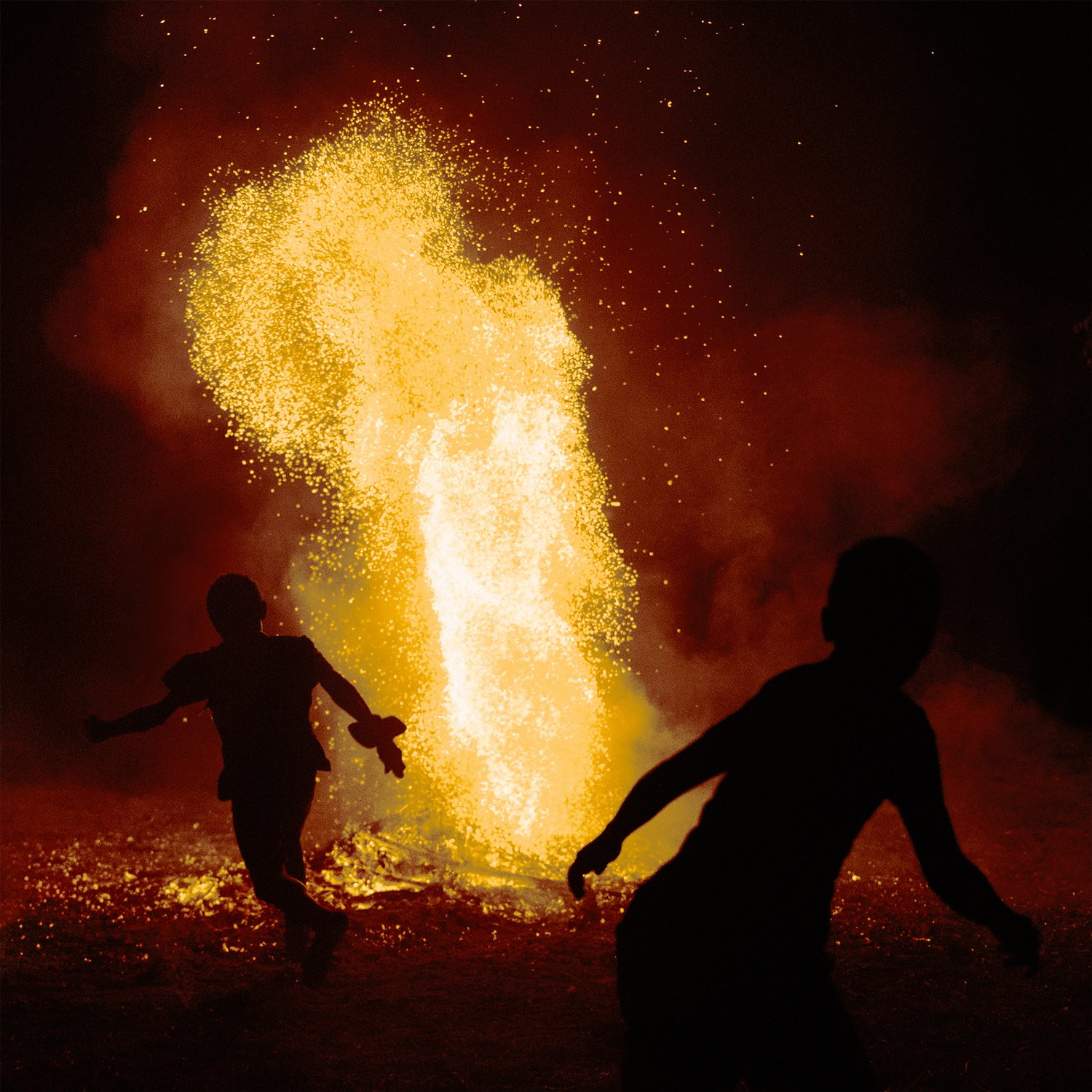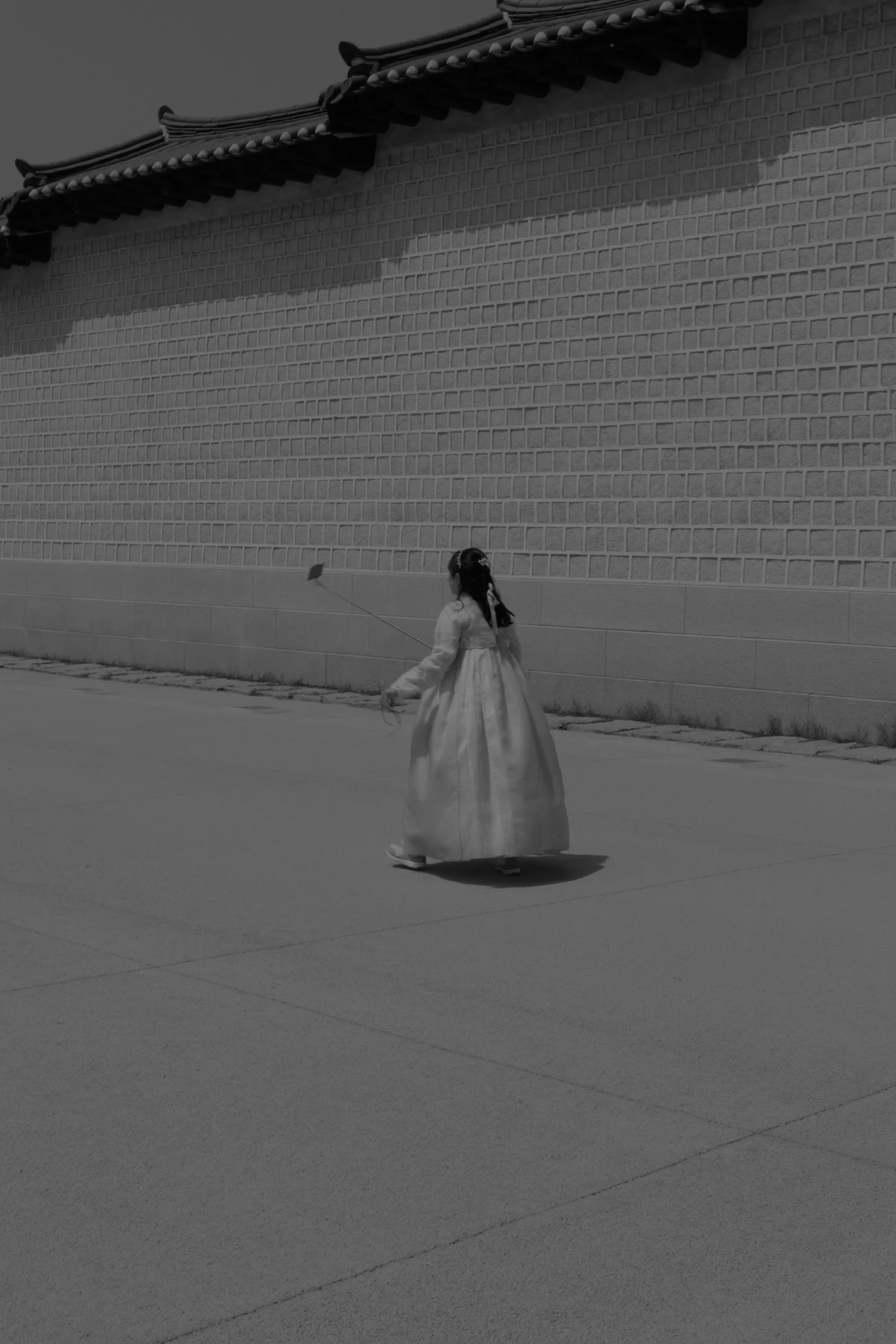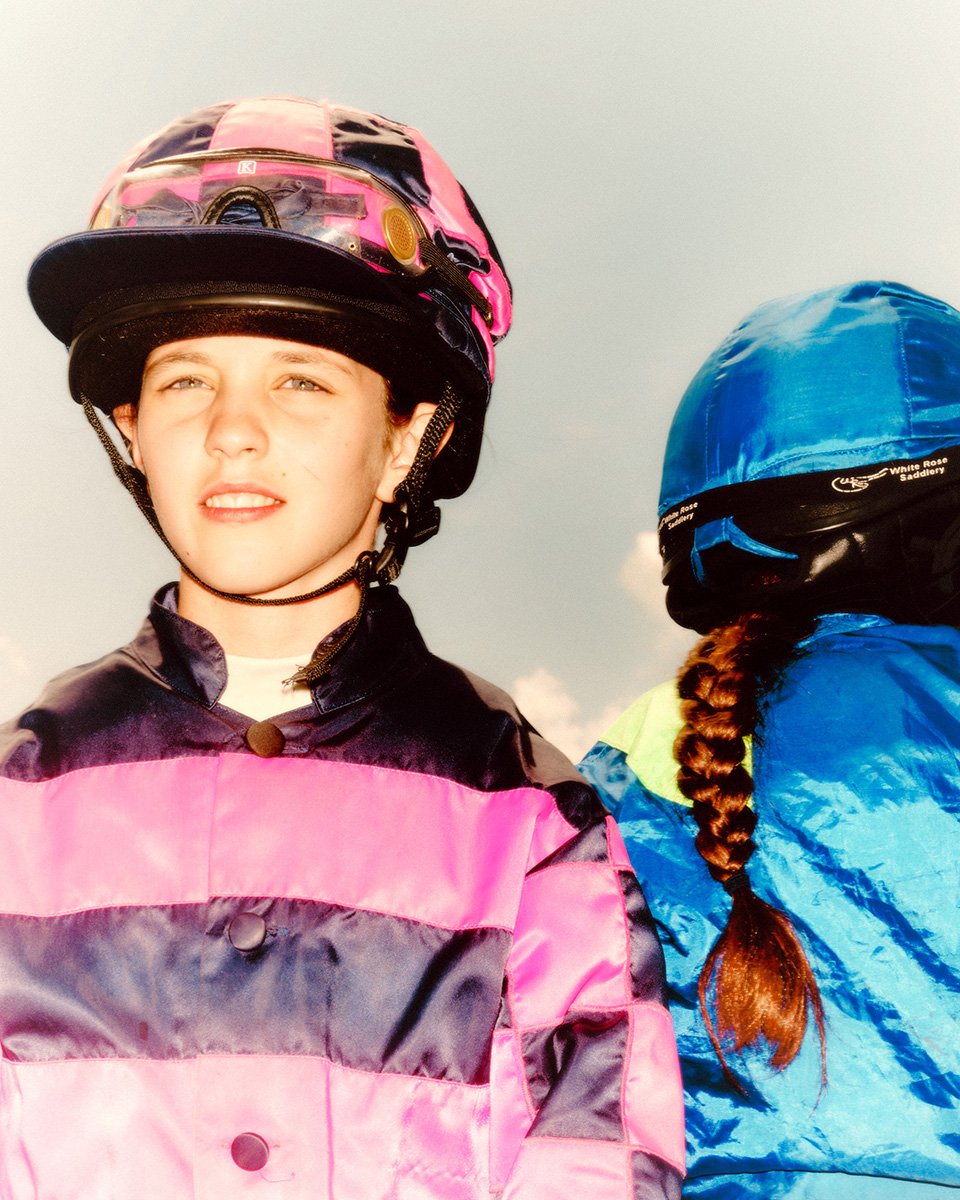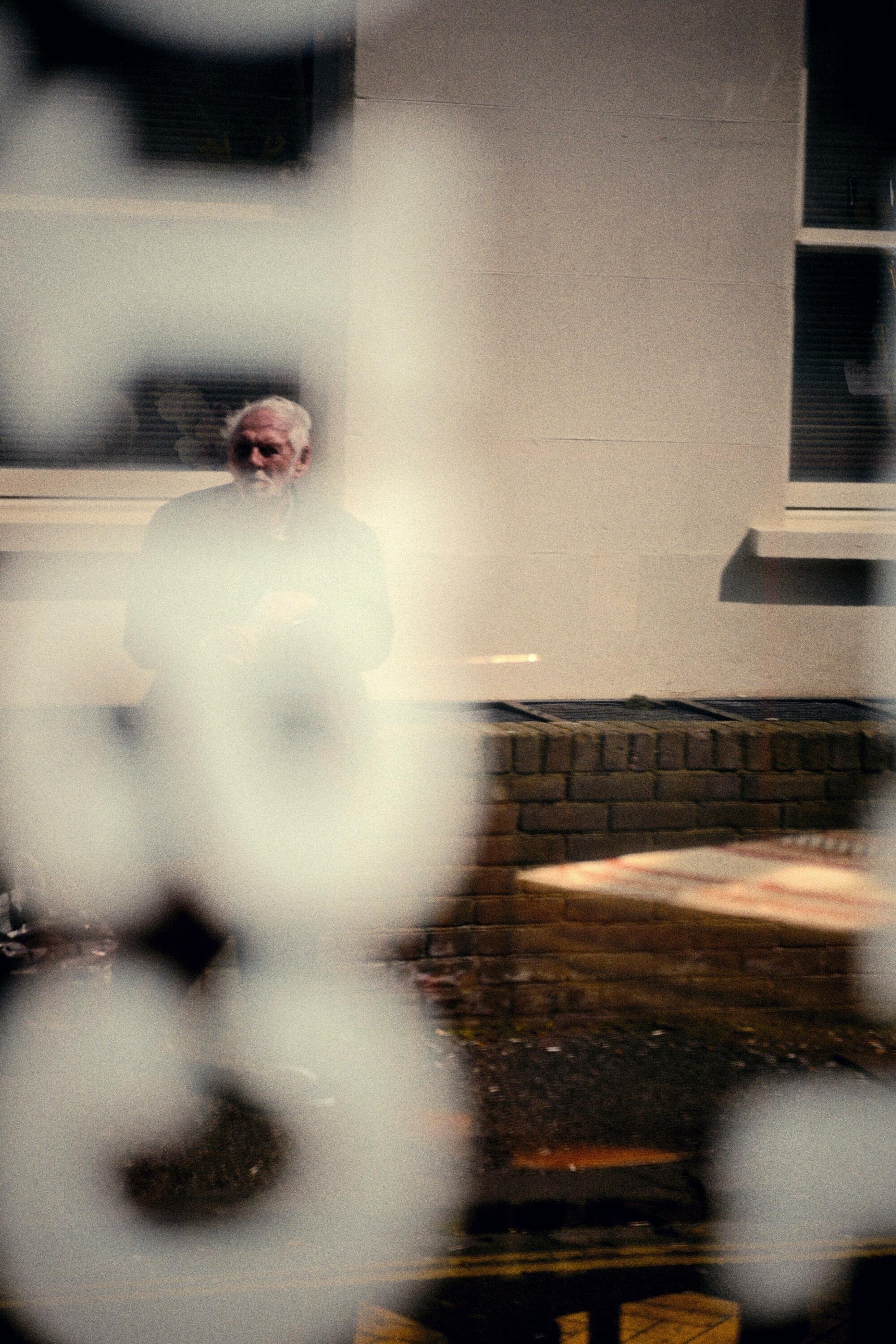The two headed horse. Reenactment in ten acts.
In her book The two headed horse. Reenactment in ten acts, photographer Mariela Sancari explores the transformation of a fixed image into a performed image. The 104-page book guides the reader through the play, complete with visual descriptions of the set, notes for the actors and the script.
Text and Photography Mariela SancariI
A play is a structure. Parliaments and actions are the elements of this structure. These are spoken aloud and acted, transmitted by characters that in themselves are part of the structure. The structure has a meaning, which we can discover by adding together the different elements, actions and characters. The characters are not what they claim to be. The characters are what their function within the structure of the play tells us they are.
Ulises Carrión.
II
Abundant is the discussion about reality and photography, about the reality that a photograph is able to capture. A number of thinkers and photographers have debated and argued until almost stripping the image of its value as a document, as a proof of the real.
There is, however, some truth in the image. An encounter with the real, a shadow, a trace. "The real, to put it in some way, has burned a hole in the image", says Walter Benjamin.
That hole is the shadow of the image that stalks us. And the truth to which the image refers (or testifies), is the truth of the experience of which it is residue, the contact with the real to which it has survived.
III
The two headed horse. Reenactment in ten acts explores the transformation of a fixed image into a performed image. The body becomes an image.
IV
Based on the statement that the meaning of any image lies in its destination, this body of work re-signifies the photographs from a previous series of mine called The two headed horse (staged self-portraits with my twin sister addressing memory and fiction), not necessarily for what we see in them, but for the role they have in a narrative, in relation with one another.
“Conceived as a performance, the recreation of the representation seeks to explore the power of the body to dis–organize the systems in which images have been inscribed and to enable an interruption, even if momentarily, in the structures that bestow meaning.
Images are no longer what they represent but their relations to the other components in this play, in this representation of the real that burned a hole in the images.”
About Mariela
Mariela Sancari was born in Buenos Aires, Argentina in 1976. She lives and works in Mexico City since 1997. Self-taught artist who reclaims practice and thought outside the hegemonic circuits of validation and training.
Her work revolves around truthfulness and fiction in images, using personal narratives to explore the boundaries of the scope of photography as a means of representation.
Winner of the VI Bienal Nacional de Artes Visuales Yucatan 2013 and PHotoEspaña Descubrimientos Prize 2014, her work was selected for the XVI Bienal de Fotografía from Centro de la Imagen and received an Honorable Mention in XI Bienal Monterrey FEMSA, among others.
Her first book Moisés (La Fábrica, 2015) was selected by several curators and reviewers as one of the Best Photobooks published in 2015. In 2017, she published her second book in collaboration with writer Adolfo Córdova: Mr. & Dr. (This book is true) a photobook aimed for children and youngsters that explores the notion of the unknown through images and text. In 2021, she published The two headed horse. Reenactment in ten acts (Asunción Casa Editora), an exploration of the transit of a fixed image into a performed image.
Founder of FOLIO, Centro de la Imagen’s public photobook collection.
To see more of her work, visit her website or follow her on Instagram
